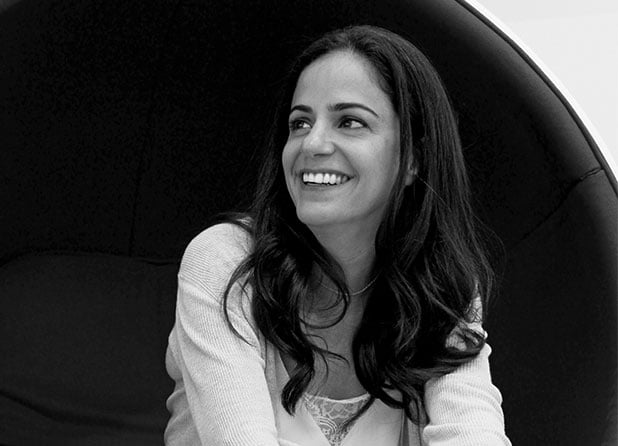Only a few years back, having a dedicated customer experience team in a company would have been uncommon, to say the least – rare, to be more exact. But I trust you would agree that today, CX has become the buzzword in almost every company’s corporate strategy.
It is both fascinating and heartwarming to see this shift and adoption of customer-centricity to ensure that business propositions meet the voice of customers.
In fact, it is exciting to see so many organisations and brands start to adopt a bottom-up approach to re-engineer their processes and bring delightful customer experiences to life.
Customer experience – the brand experience of today
Nowadays, every product is delivered through a holistic experience – from packaging to print ads, website or mobile app, all the way to the check-out experience and customer service.
However, the approach of brands and organisations remains marketing-oriented rather than customer-focused.
Today’s customers are increasingly resistant to coercive marketing when they have access to nearly all the information on the planet at their fingertips. Their expectations have changed. They have become ‘liquid’ expectations, a concept coined by Shelley Evenson of Fjord. Customers expect the same level and quality of service regardless of the channel, medium or industry. This applies both regionally and globally.
As one of those customers myself, when I swipe through my smartphone, I ask, “Why can’t my passport renewal be more like my experience with Deliveroo? Why can’t my doctor have the same on-demand service experience as Uber?” I am sure you ask yourselves the same questions.
Simply put, as customers, we have developed a sense of entitlement because we now have the choice. A choice that we thrive to align with our personal values through meaningful experiences. I suppose this is because, like everyone else, we are all easing out of a 16-month lockdown that made us just stop and think.
Today, customers value what matters to them, and Sherine Kazim, Wunderman Thompson’s chief experience officer, frames this shift of values from the functional values (prices, sensory apparel and variety) to emotional values (wellness, safety, convenience, and control).
We just want to lead better lives.
In order to stay relevant to their customers, brands should inject purpose and empathy into what they do. By placing customers at the centre of the brand experience, they move away from creating a consumer experience to creating a human experience. That is how brands achieve great CX design.
That’s essentially how and why CX is becoming the new brand experience.
Service design: exposing the breadths and depths of CX
As brands use CX to keep customers engaged through impactful and meaningful interactions, they find themselves forced to internally shift their culture and undertake organisational restructuring to nurture that customer-centric mindset.
Crafting a beautiful customer journey map renders a meaningful brand experience. But it is not enough. It needs to be supported by service planning to ensure the proper delivery of that experience.
Service planning impacts everything in an organisation – from employees to infrastructure and processes – and that’s the service design practice.
Service design looks at how well-designed the supporting service proposition of a customer experience is, across three dimensions – people, process and props. It maps and shapes these dimensions to align closely and adapt to the end-to-end customer journey.
Consequently, these dimensions no longer exist in silos, nor are they organised around products. They become aligned around a customer journey of engagement, conversion, and purchase.
The next buzzword is undoubtedly service design – the activity of aligning the 3Ps (people, process and props) to deliver on the meaningful experience.
The outcome of service design is a design blueprint that exposes the breadth and depth of an experience and supports and produces the stages where the journey takes place. Service design examines every touchpoint in the omnichannel journey to determine solutions for how to organise people, support infrastructures, integrate services and present communications.
What’s in it for the Brands?
Is customer experience and service design yet another expectation and another expensive endeavour for brands?
Great customer experience design with a well-planned service design injects purpose and empathy into what your brand says and does.
But here’s the best part: meaningful customer experience design is an effective way to also grow your brand’s bottom line.
If customers are happy and delighted with their buying experience, they will become loyal advocates for your brand and help you expand your market share. Along the way, service design will also create efficiencies, and some cost savings too.
In essence, combining customer experience and service design brings about brand growth.
Being part of a team in a company that is part creative, part consultancy and part technology, we strive to be the growth catalysts for ambitious brands.
I am thankful that through the years our clients have continuously testified to how customer-centric methodologies have helped their organisations craft interconnected ecosystems of products and services, building customer loyalty and generating better results.










